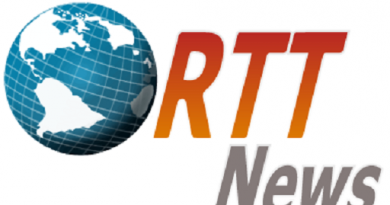‘Plan to boost electronics manufacturing on anvil’
Role in global value chain is key: Min
To make India a global electronics export and manufacturing hub, the focus has to be on building scale and exports through participation in global value chains (GVCs) by ‘lead’ firms and their tier 1, 2 and 3 manufacturers, Minister of State for Electronics & IT Rajeev Chandrasekhar said on Tuesday.
GVCs are international production chains where production is broken into activities and tasks carried out in different countries.
“We are preparing a 1,000-day plan to broaden and deepen electronics manufacturing, exports and share in GVCs,” the Minister said, while speaking at the release of ‘Vision Document’ by India Cellular & Electronics Association (ICEA) in collaboration with MeitY.
He added that these firms bring the requisite experience and help train local manpower. They also bring with them the experience of setting up production and processes, operating high-tech manufacturing with customised machinery and supply-chain procurement experience.
“It is critical to ‘shift the ecosystem’ in the short term (1-4 years) while building skills and competency, after which domestic companies can start plugging into GVCs from a stronger base. Lead firms such as Apple or Samsung cannot generate the required scale of production for a major export boost without the ecosystem shifting along with them,” according to the ‘Vision Document’ released by India Cellular & Electronics Association (ICEA) in collaboration with MeitY.
It added that to attract GVCs, open trade and investment policies were required. Tariff and non-tariff barriers can deter the movement of component and sub-assembly manufacturers. Any constraint on investment will also be a barrier to attracting GVCs. “Stability of policies, reducing delays in GVC processes, and incentives, are very important for attracting FDI and ensuring efficient operations. India’s policies should be WTO-consistent as the inconsistent ones can be challenged by competitors and create an uncertain investment environment,” the document said.
The document also highlighted the need for an early review of high tariffs on inputs, averting operational burden and delays while focusing on a stable policy regime and timely implementation, and pointed out the need for strengthening Centre-State coordination.
Source: Read Full Article

